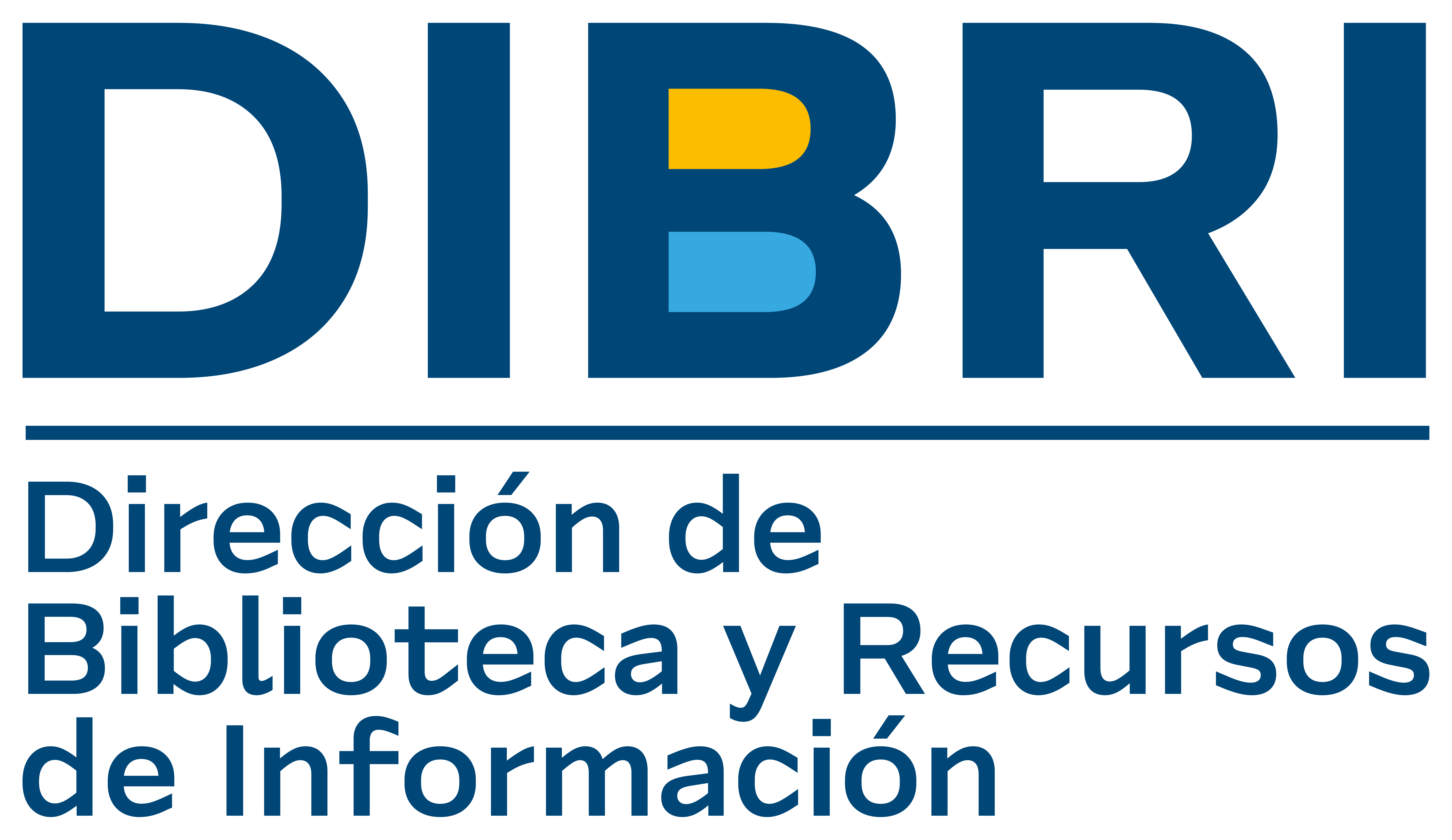Mostrar el registro sencillo del ítem
The grammar translation method versus a more dynamic teaching approach proposal: the teaching-through-songs strategy
| dc.contributor | Universidad Católica Silva Henríquez. Facultad de Educación. Departamento de Humanidades y Educación Media | |
| dc.contributor | Espinoza Vergara, Daniela | |
| dc.contributor | Goya Rojas, Felipe | |
| dc.contributor | Muñoz Salazar, Ariel | |
| dc.contributor | Narváez Leyton, Nora | |
| dc.contributor | Valenzuela Espinoza, Fernando | |
| dc.contributor.advisor | Garetto Loyola, Fernando [prof. guía] | |
| dc.creator | Araya Carreño, Rolando | |
| dc.date.accessioned | 2021-10-12T15:06:13Z | |
| dc.date.accessioned | 2022-03-30T13:56:52Z | |
| dc.date.available | 2021-10-12T15:06:13Z | |
| dc.date.available | 2022-03-30T13:56:52Z | |
| dc.date.issued | 2013 | |
| dc.identifier | 109731 | |
| dc.identifier.other | INGL G 229 2013 c.1 | |
| dc.identifier.other | CENTRAL | |
| dc.identifier.uri | http://repositorio.ucsh.cl/xmlui/handle/ucsh/1998 | |
| dc.description | Seminario de título (Licenciado en Educación y Profesor de Educación Media en Inglés) -- Universidad Católica Silva Henríquez, 2013 | |
| dc.description.abstract | It is usually believed that music has well known positive effects on people, mostly for suiting a relaxed mood, helping them to create a special environment to study. Music can also be used for teaching, thanks to the fact that music and language share structures, and music create a special connection and a close relation. This relation allows students to listen to the target language unconsciously through the different songs that they hear. Now, can we use songs for teaching a specific content? Or, can we use songs for more than creating the right environment for studying? We will try to answer some of these questions by creating a more dynamic teaching strategy that we are going to call “teaching-through-songs strategy” which consists of using songs in every class according to the contents of the school we have chosen for this research study. Since music has been an almost permanent tool for teachers to get English closer to students, we will try to accomplish this task by adding to our investigation some previous reading concerning national education, input theories and the use of songs in English lessons among other resources. In this respect we are going to focus on external and internal factors that affect our students’ learning. In this thesis we will try to ascertain if using songs in lessons is really useful for teachers and students by comparing results of same content taught in different schools with different strategies, being one of them the use of songs in the lessons and the other one a traditional method. The lessons will take place in tenth grade classes of two schools located in La Florida and Puente Alto. So, along this study, we expect to get hints regarding the effectiveness of the “Teaching-through-songs strategy” (see appendix A.1) versus the “Grammar Translation Method” (see appendix A.2). Even if music is such an effective tool to use in classrooms, it is also possible to create some affective filter troubles or perks, that is to say, some students will accept the music as an information transistor and teachers will find a tool to motivate their students. On the other hand, some students will not be comfortable with this methodology and their attention will be focused on anything but our lesson. | |
| dc.format.extent | 145 h. il., gráfs. | |
| dc.language.iso | eng | |
| dc.publisher | Santiago, Chile: UCSH | |
| dc.rights | Atribución-NoComercial-SinDerivadas 4.0 Internacional (CC BY-NC-ND 4.0) | |
| dc.rights.uri | https://creativecommons.org/licenses/by-nc-nd/4.0/deed.es | |
| dc.subject | Enseñanza del inglés | |
| dc.subject | Estudio y ejercicios | |
| dc.subject | Métodos de aprendizaje | |
| dc.title | The grammar translation method versus a more dynamic teaching approach proposal: the teaching-through-songs strategy | |
| dc.type | Seminario de título | |
| dc.file.name | 109731.pdf |



